How to Enhance Security and Efficiency with Facial Recognition Software
In an era where security threats are escalating and efficiency demands are surging, the integration of Facial Recognition Software is rapidly transforming industries such as retail, banking, and public safety. According to a recent report by MarketsandMarkets, the facial recognition market is projected to grow from $3.2 billion in 2020 to $7 billion by 2025, reflecting a compound annual growth rate (CAGR) of 16.6%. This powerful technology not only bolsters security measures by accurately identifying individuals in real-time, but it also enhances operational efficiencies by streamlining processes such as customer verification and access control. With organizations increasingly investing in advanced security solutions, leveraging Facial Recognition Software can provide a competitive edge, ensuring a safer environment while facilitating smoother and faster transactions for customers.
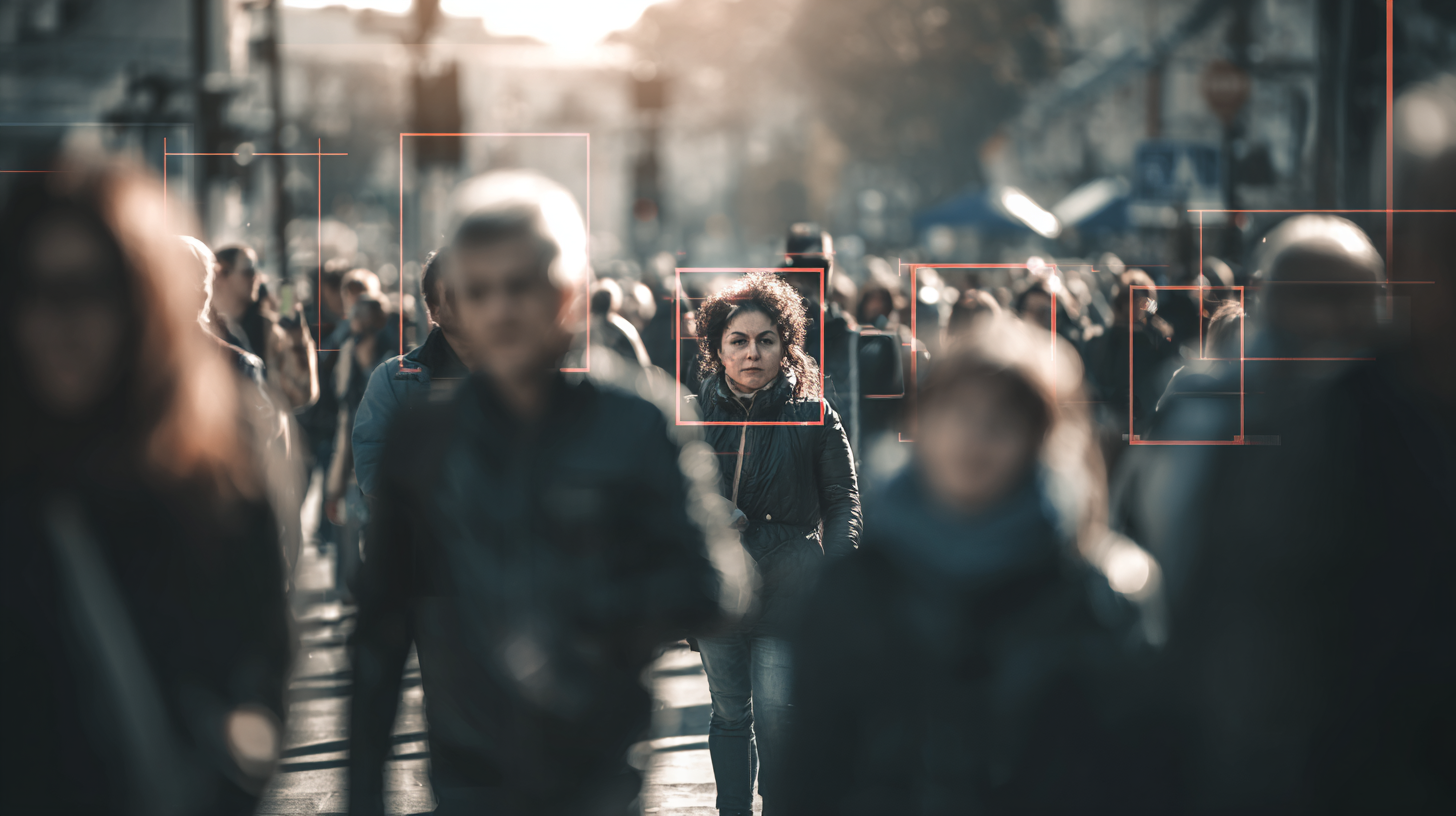
Understanding the Fundamentals of Facial Recognition Technology
Facial recognition technology (FRT) is rapidly transforming the landscape of security and efficiency across various sectors. At its core, FRT utilizes biometric data to identify individuals by analyzing unique facial features, promising enhanced security measures in public and private spaces. A recent workshop highlighted these advancements in India, where facial recognition applications range from crime prevention to access control, but they also raised crucial discussions about the associated risks and ethical considerations. According to industry reports, the global facial recognition market is projected to reach approximately $7 billion by 2024, underscoring the technology's increasing adoption.
However, the implementation of facial recognition must be balanced with the protection of fundamental rights. Recent news from Hungary illustrates this tension, as new biometric surveillance laws were criticized for violating the EU Artificial Intelligence Act. Such legal frameworks aim to prevent misuse while encouraging innovation in technology. In Ireland, ongoing discussions around a proposed facial recognition bill have evoked concerns about privacy risks, with experts urging the government to ensure robust regulatory measures. As stakeholders navigate these complex dynamics, it is evident that a thoughtful approach is necessary to harness the benefits of facial recognition technology while safeguarding individual rights and data privacy.
Key Benefits of Implementing Facial Recognition in Security Systems
Facial recognition technology has emerged as a pivotal tool for enhancing security systems, offering significant advantages while also raising crucial privacy concerns. As the biometrics landscape continues to evolve, forecasts suggest that the law enforcement and surveillance market will reach USD 73.8 billion by 2034, propelled by a remarkable 38% compound annual growth rate (CAGR). This rapid growth underscores the vital role that facial recognition plays in identifying and addressing threats, facilitating swift responses to criminal activities and bolstering public safety.
Moreover, the integration of facial recognition in security systems enables real-time data processing, allowing organizations to enhance operational efficiency. For instance, airports and border control agencies are increasingly employing this technology to streamline travel processes, reduce wait times, and enhance overall security measures. However, it is crucial to balance these benefits with the imperative of protecting user privacy, particularly in communities that are disproportionately affected by surveillance practices.
As discussions around data privacy continue to gain momentum, it is essential for organizations to navigate these challenges while leveraging facial recognition technology for security advancements.
Best Practices for Integrating Facial Recognition Software into Existing Infrastructure
Integrating facial recognition software into existing infrastructure can significantly enhance both security and operational efficiency. According to a report by MarketsandMarkets, the facial recognition market is projected to reach $7 billion by 2024, driven by increased demand across various sectors, including retail, security, and law enforcement. To maximize the benefits, organizations must consider best practices when implementing this technology.
First, it is vital to ensure that the existing infrastructure is compatible with the facial recognition system. Organizations should conduct a thorough assessment of their hardware and software capabilities, focusing on network bandwidth and storage requirements. A study by Juniper Research indicated that implementing facial recognition systems can reduce unauthorized access by up to 80%, highlighting the importance of integrating these solutions with existing security measures. Furthermore, investing in robust training for staff on how to utilize the new system effectively can lead to smoother operations and better compliance with data privacy regulations.
Additionally, organizations should prioritize choosing a facial recognition vendor that adheres to industry standards and can provide comprehensive support during the integration process. According to a Gartner report, organizations that implemented facial recognition solutions saw a 30% increase in operational efficiency, emphasizing that proper integration is not just about security but also about enhancing user experiences. By following these best practices, businesses can successfully leverage facial recognition technology, ensuring their infrastructure remains secure and efficient.
How to Enhance Security and Efficiency with Facial Recognition Software - Best Practices for Integrating Facial Recognition Software into Existing Infrastructure
| Dimension | Details |
|---|---|
| Accuracy Rate | 98.5% |
| Integration Time | 2-4 weeks |
| Cost per User | $15 |
| Response Time | < 1 second |
| User Adoption Rate | 85% |
| Privacy Compliance | GDPR, CCPA Compliant |
| Scalability | Supports up to 100,000 users |
| Hardware Requirements | Dedicated server with minimum 16GB RAM |
Addressing Privacy Concerns and Ethical Implications of Facial Recognition
Facial recognition technology has become a double-edged sword, offering remarkable advances in security and operational efficiency while simultaneously provoking significant privacy concerns and ethical dilemmas. According to a report by the Brookings Institution, 56% of Americans believe that the risks of facial recognition technology outweigh its benefits. This growing skepticism highlights the urgent need for industry stakeholders to address privacy implications in their deployment strategies.
As organizations increasingly leverage facial recognition for various applications, from law enforcement to customer experience enhancements, they must navigate the ethical landscape carefully. A study by the International Data Corporation (IDC) found that nearly 40% of companies implementing facial recognition technology have encountered significant backlash related to privacy violations. This indicates that transparent policies, informed public discourse, and robust data protection measures are paramount. Companies must not only comply with regulations like the General Data Protection Regulation (GDPR) but also engage with their communities to build trust and democratic accountability in their practices. By prioritizing ethical considerations, organizations can create a balanced approach that fosters innovation while safeguarding individual rights.
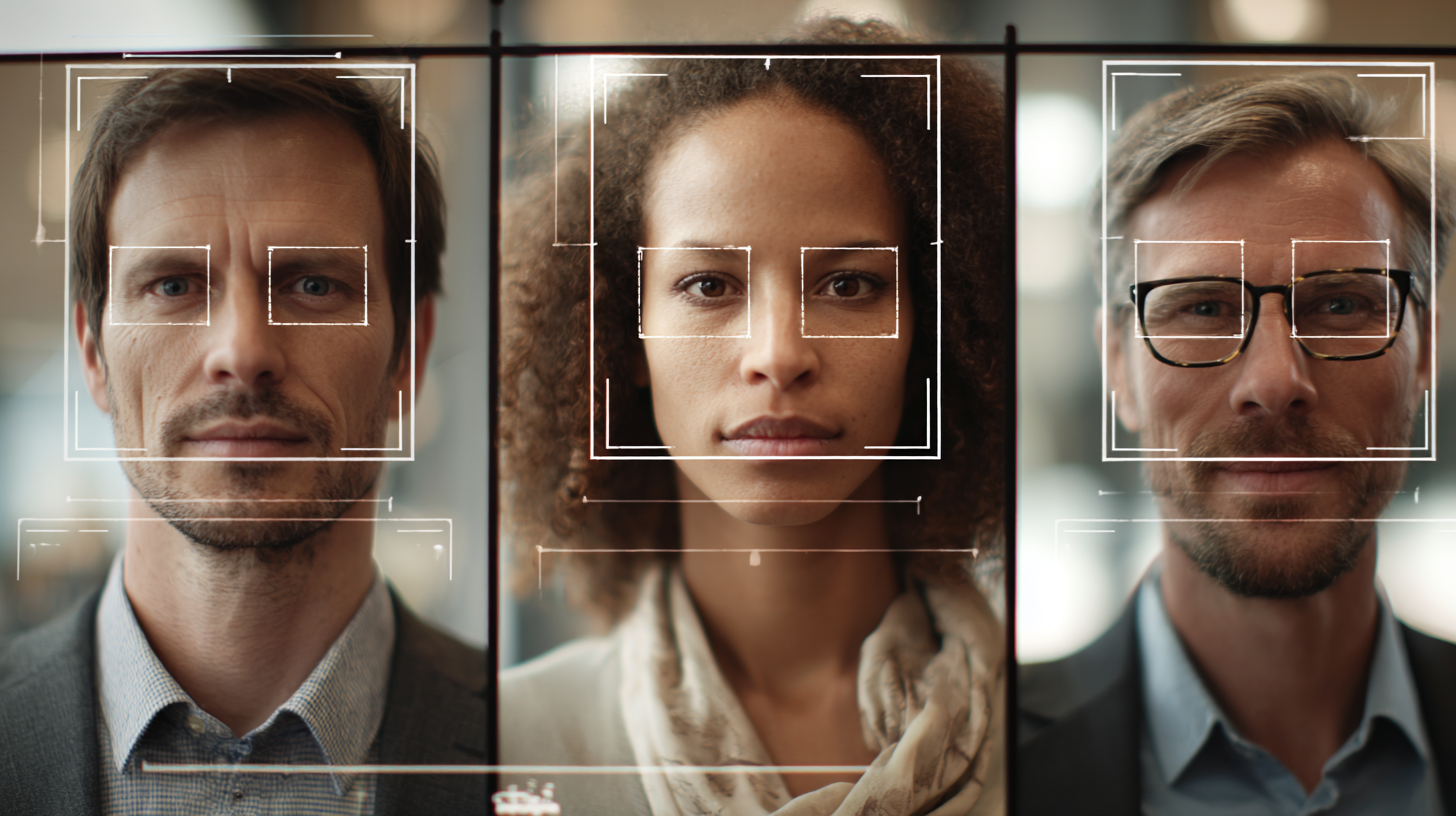
Future Trends: The Evolution of Facial Recognition and Its Impact on Security
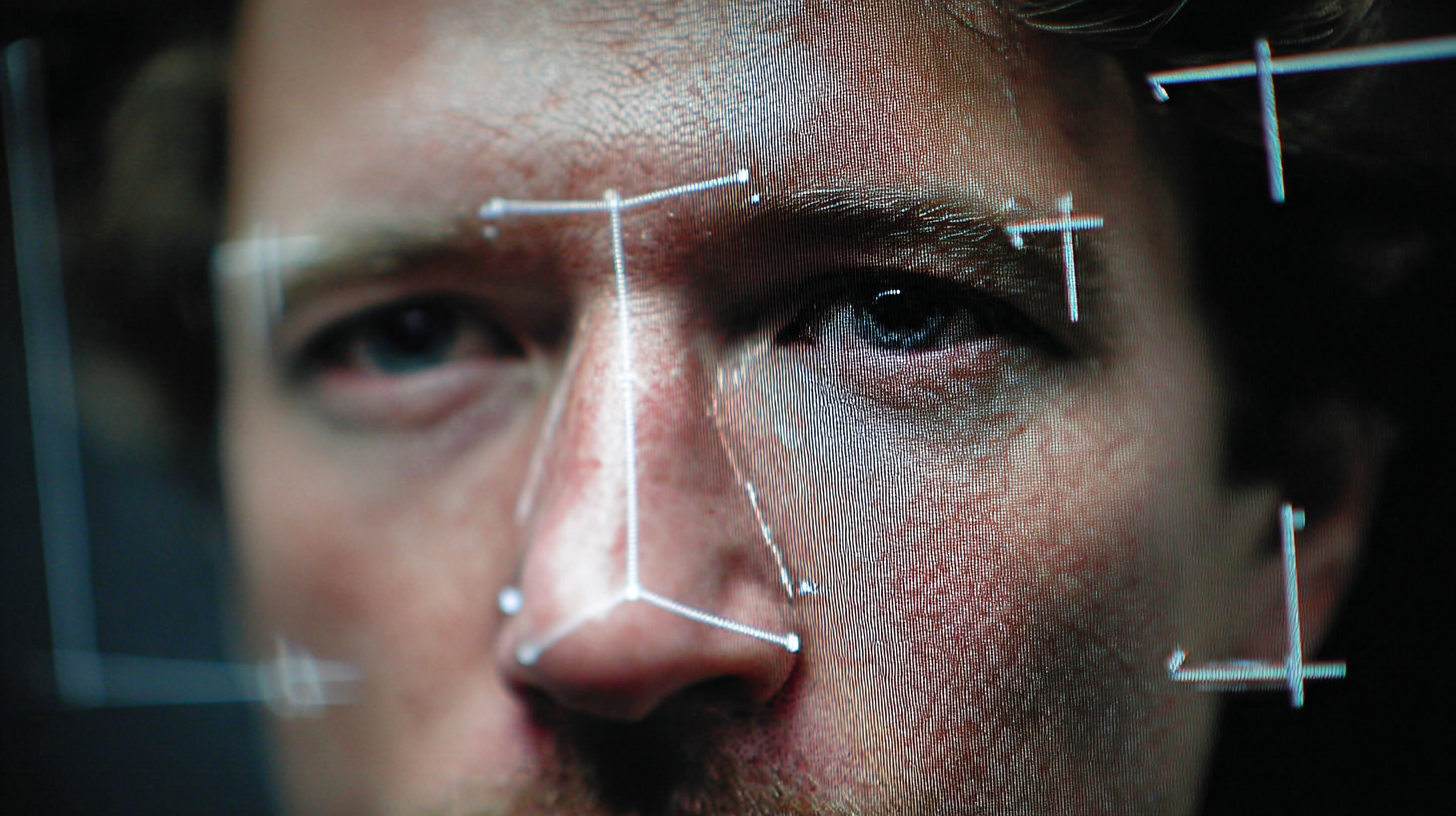 Facial recognition technology has rapidly evolved, shaping a new landscape in security and efficiency. As artificial intelligence and machine learning advance, the precision of facial recognition systems continues to improve.
Future trends indicate not just an enhancement in accuracy, but also the integration of real-time surveillance capabilities. These systems can analyze crowds, identify potential threats, and deploy alert mechanisms, revolutionizing how security is managed in public spaces and sensitive areas.
Facial recognition technology has rapidly evolved, shaping a new landscape in security and efficiency. As artificial intelligence and machine learning advance, the precision of facial recognition systems continues to improve.
Future trends indicate not just an enhancement in accuracy, but also the integration of real-time surveillance capabilities. These systems can analyze crowds, identify potential threats, and deploy alert mechanisms, revolutionizing how security is managed in public spaces and sensitive areas.
Moreover, privacy concerns are increasingly being addressed through innovative approaches. Companies are exploring ethical frameworks that ensure responsible use of facial recognition technology. This includes implementing robust data protection measures and gaining consent from individuals. The balance between security and privacy will be crucial as society adapts to these technologies.
As these advancements unfold, organizations will need to stay ahead of regulatory developments and societal expectations to effectively harness the benefits of facial recognition while fostering trust among users.
Related Posts
-
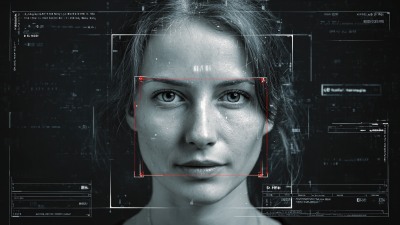
Global Import Export Certifications for Top Best Facial Recognition Solutions
-

How Best Face Verification Transforming Security: Case Studies and Industry Insights
-
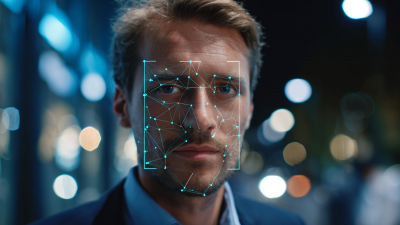
Unlocking Value: How After-Sales Support and Maintenance Costs Differentiate the Best Facial Recognition Systems
-

The Comprehensive Ultimate Guide to Biometric Security Solutions for Your Business
-

5 Essential Advantages of Implementing a Biometric Security System in 2024
-
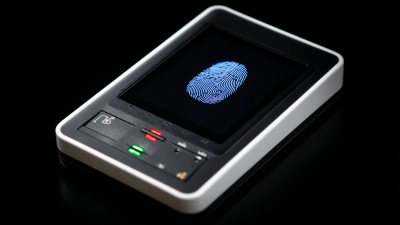
Unleashing Global Potential with the Best Fingerprint Machines Made in China